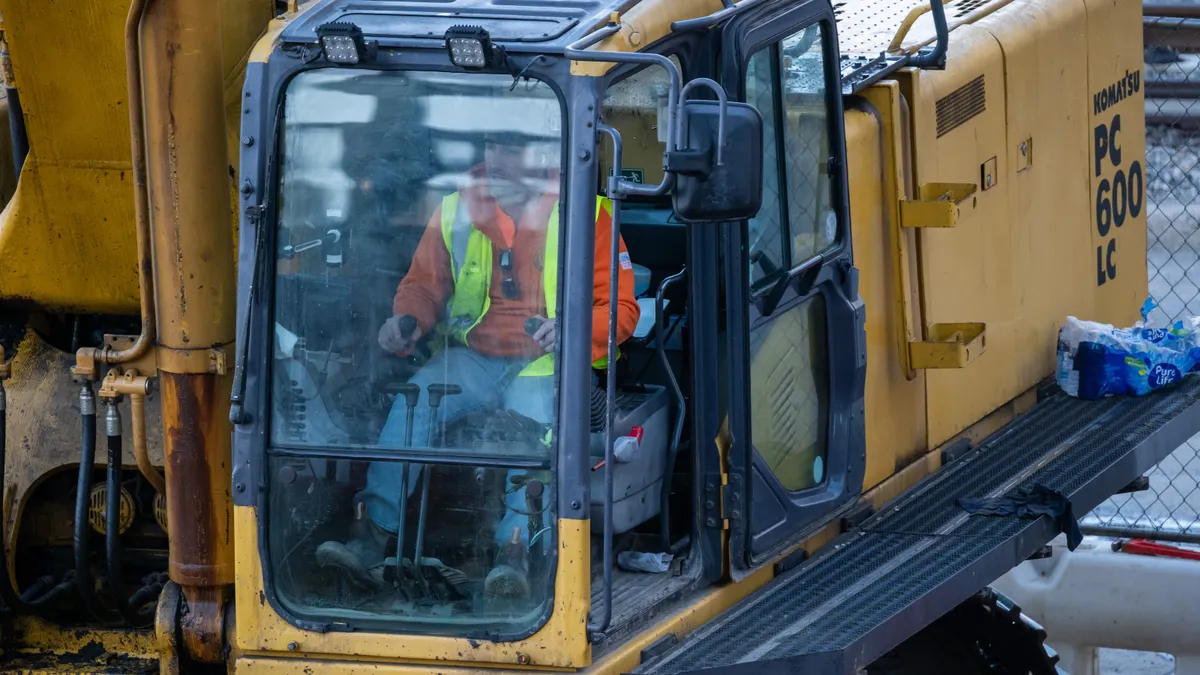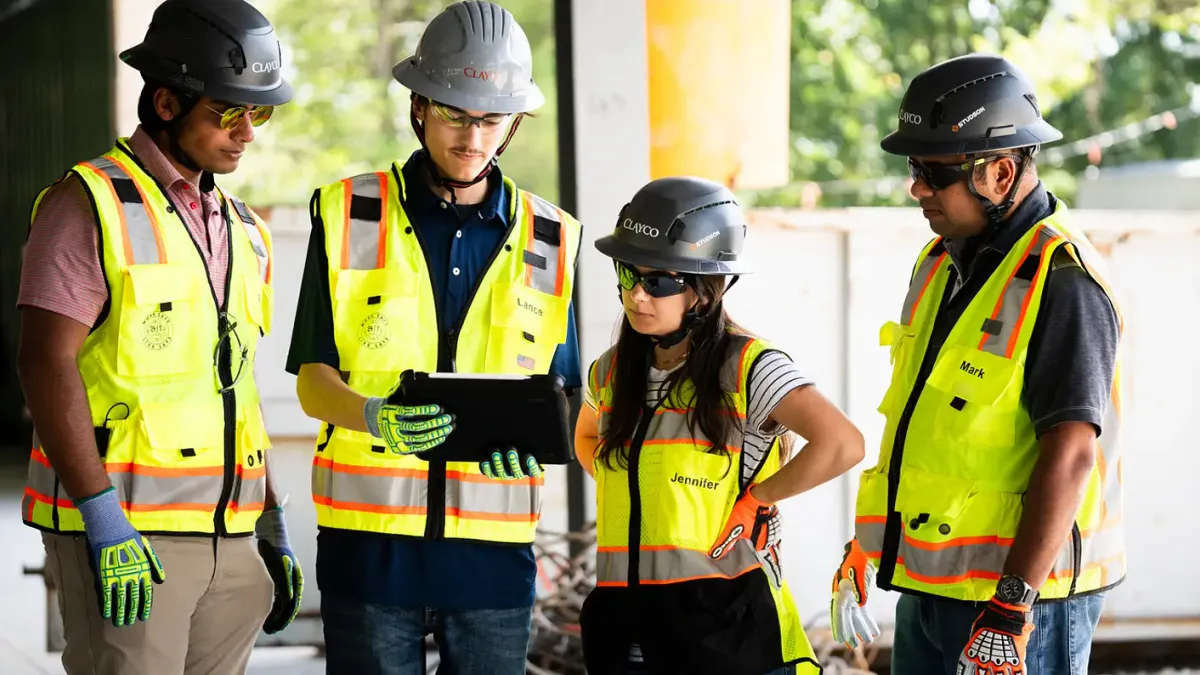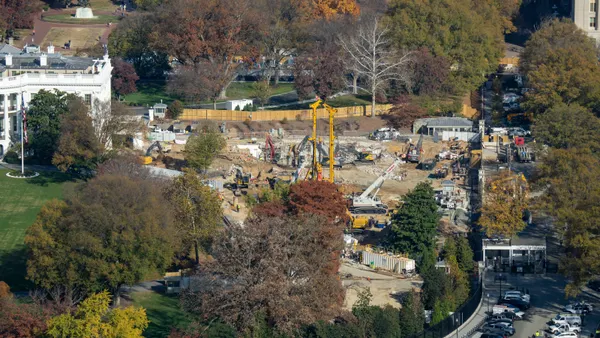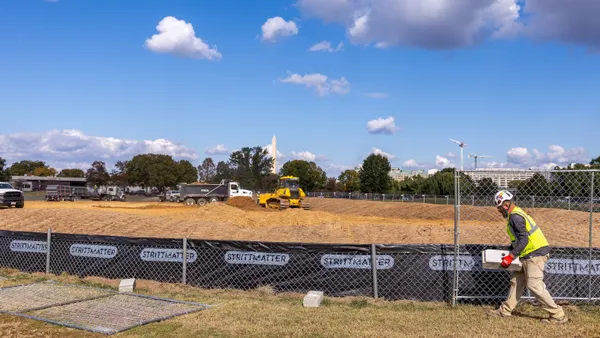Project stress inched higher in October as the construction industry absorbed the impact of the federal government’s first full month of a record-breaking shutdown, according to the latest data from Cincinnati-based ConstructConnect.
The Project Stress Index, a measure of construction projects that have been delayed or abandoned, ticked up 1% from September to October after dropping throughout the summer. The increase puts the benchmark about 4.9% above its 2021 baseline, said Devin Bell, assistant economist at ConstructConnect.
“The Project Stress Index rose this month following three consecutive months of decline in the index,” Bell told Construction Dive. “The rise was largely due to an increase in bid date delays with on-hold activity largely offsetting its impact.”
Bid date delays jumped 8.5% in October, along with a 1.9% increase in overall project abandonments, according to the report. An 8.2% drop in projects placed on hold partly tempered those increases.
The shutdown’s effects showed up clearly in public construction activity, Bell told Construction Dive. Public project abandonments surged 45.8% from October 2024, in addition to a 2.6% increase in public projects placed on pause. Bell said public sector stress intensified in October as agencies froze construction decisions due to the shutdown.
“External economic events have heavily influenced both private and public abandonment activity,” Bell told Construction Dive. “This was seen in October, with public project abandonment activity rising as the government was shut down for the whole month.”
Nevertheless, the overall Project Stress Index remains well below the mid-year spike following the post-Liberation Day tariff jump. That highlights potential resilience in the construction market despite economic and political uncertainty, said Bell.
In the private sector, abandonments fell modestly in October and have remained largely steady following Liberation Day. Private projects placed on hold dropped about 68.9% since last October, said Bell.
Overall stress conditions sit roughly in line with last year’s level, up just 0.4% compared to October 2024. Still, Bell added cost pressures mixed with public funding changes will continue to test project viability.
The federal government reopened on Nov. 13, meaning any normalization of public construction activity will not appear until next month’s report. The new spending bill which allowed the government to reopen provides temporary funding for most agencies through January 2026.












